A journey to the Serengeti offers unforgettable experiences, from witnessing the Great Migration to soaring over the plains in a hot air balloon. Spot the Big Five on thrilling game drives, explore the bush with expert guides, and immerse yourself in Maasai culture. End each day in a luxurious tented camp, surrounded by the sounds of the wild under a starlit sky.
January to February – Short Dry Season
This is a warm and pleasant period with minimal rainfall, making it an excellent time for wildlife viewing, especially as animals gather around water sources.
March to May – Long Rainy Season
The landscape transforms into a lush, green paradise with heavy but sporadic rains. While some roads may be muddy, this is a fantastic time for birdwatching and witnessing dramatic thunderstorms over the savannah.
June to October – Long Dry Season
Cooler temperatures and clear skies provide perfect conditions for safaris. Wildlife is at its most visible as the landscape dries out, grass is grazed or trampled down to increase visibility and animals congregate near rivers and waterholes.
November to December – Short Rainy Season
Brief but refreshing showers bring new life to the plains, creating a vibrant, green landscape. Many of the grazing animals have babies at this time of year, and the rain clears the dust to make for clearer, more dramatic photographs. This is an ideal time to experience fewer crowds while still enjoying excellent wildlife sightings.

We highly recommend learning a few basic Swahili phrases before you go. Conversing with the people you meet in their language goes a long way toward bridging the cultural gap.
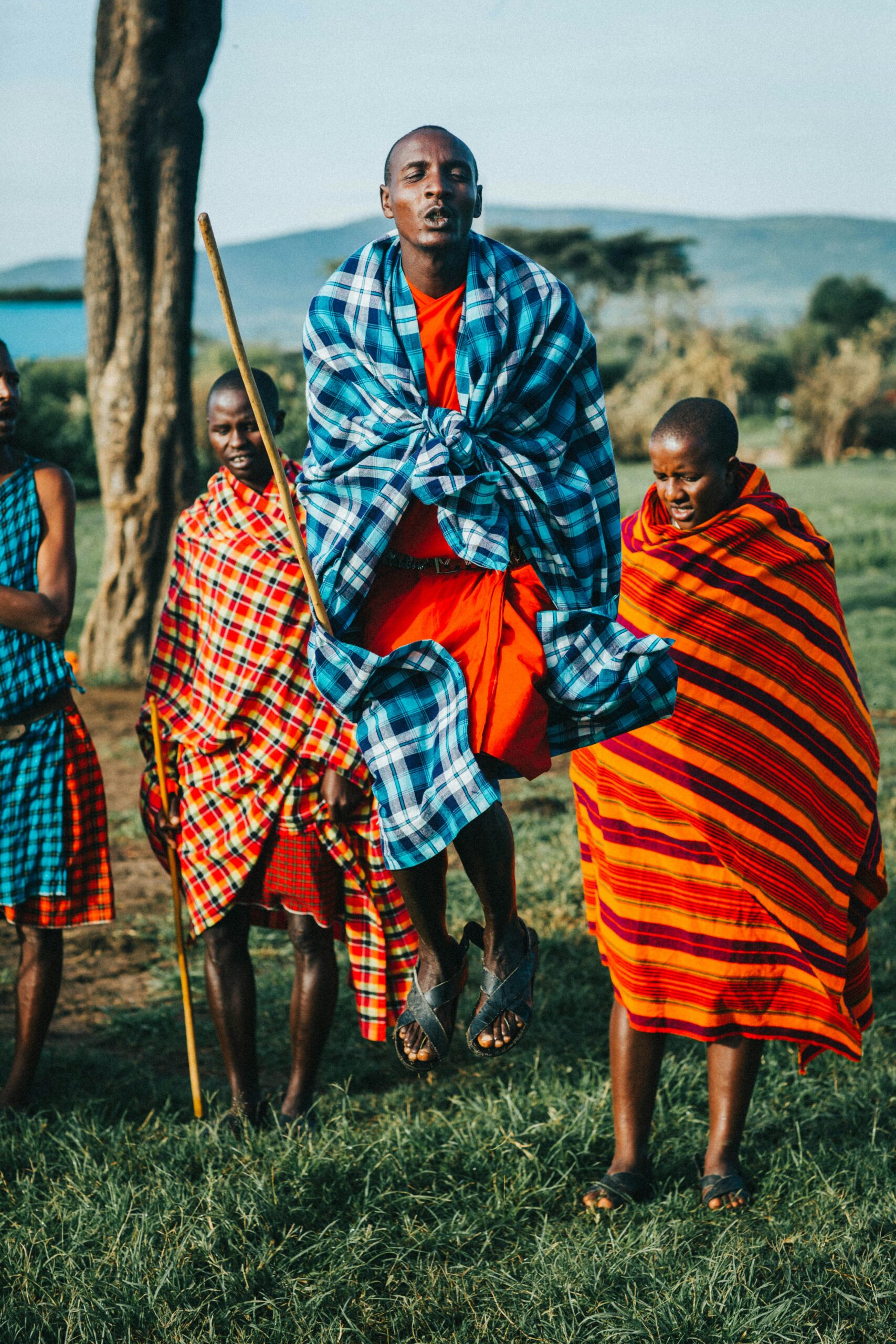
The Maasai people are the dominant ethnic group surrounding the Serengeti, and their culture is visible throughout Northern Tanzania, from the iconic red shukas which fables say lions have learned to fear, to the intricate beadwork which adorns the arms and necks of women and men.
Historically a nomadic group, in recent decades they have settled into villages and found a blend between maintaining their traditional lifestyles alongside adopting modern conveniences. It’s not uncommon to see a Maasai man in traditional dress with a mobile phone in his hand.
The Maasai are cattle-herders by tradition, and in their belief system, all cows in the world belong to them – yes, even the ones in your home country on a different continent.
Many of our Enduata team are Maasai and will gladly share stories about their cultural heritage, answer your questions and perhaps even show you how to throw a spear, or challenge you to a jumping competition (the traditional way that young warriors prove their agility).
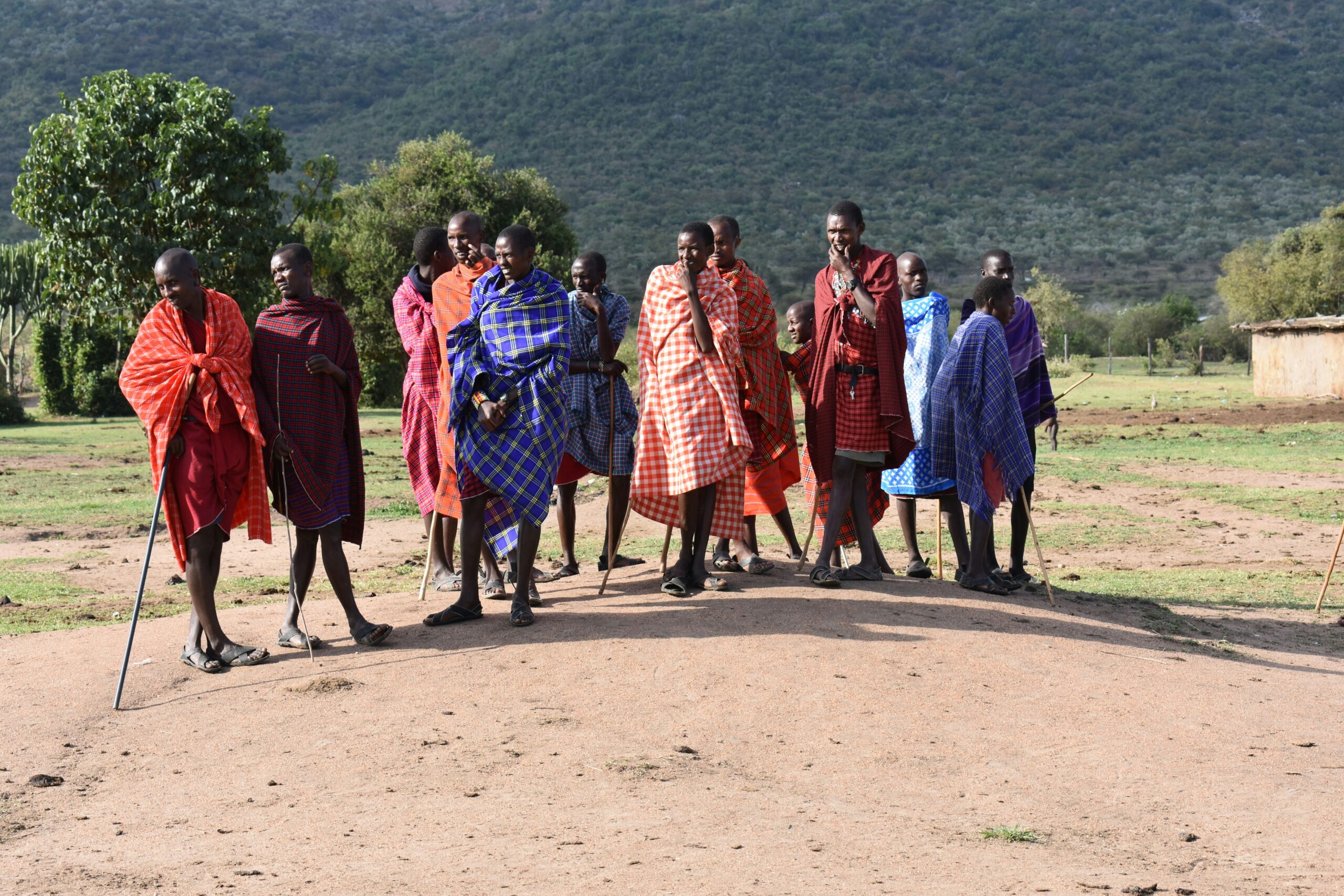
A popular city to start your safari adventure from or to relax in for a couple of days after your time in the bush.
Arusha sits at the foot of Mount Meru, one of the highest mountains in Africa. It is the gateway to some of a Tanzania safari‘s most spectacular natural wonders, such as the Serengeti National Park, the Ngorongoro Conservation Area, and Mount Kilimanjaro. Arusha offers a range of activities, from hiking and wildlife viewing to cultural tours and coffee tastings.
Sanaa is definitely worth a visit if you’re in town. An incredible organisation which empowers people with disabilities through art with the purpose of giving back to the communities of Tanzania. You will recognise the blankets from our camps, which you might want to buy to take home as a souvenir.
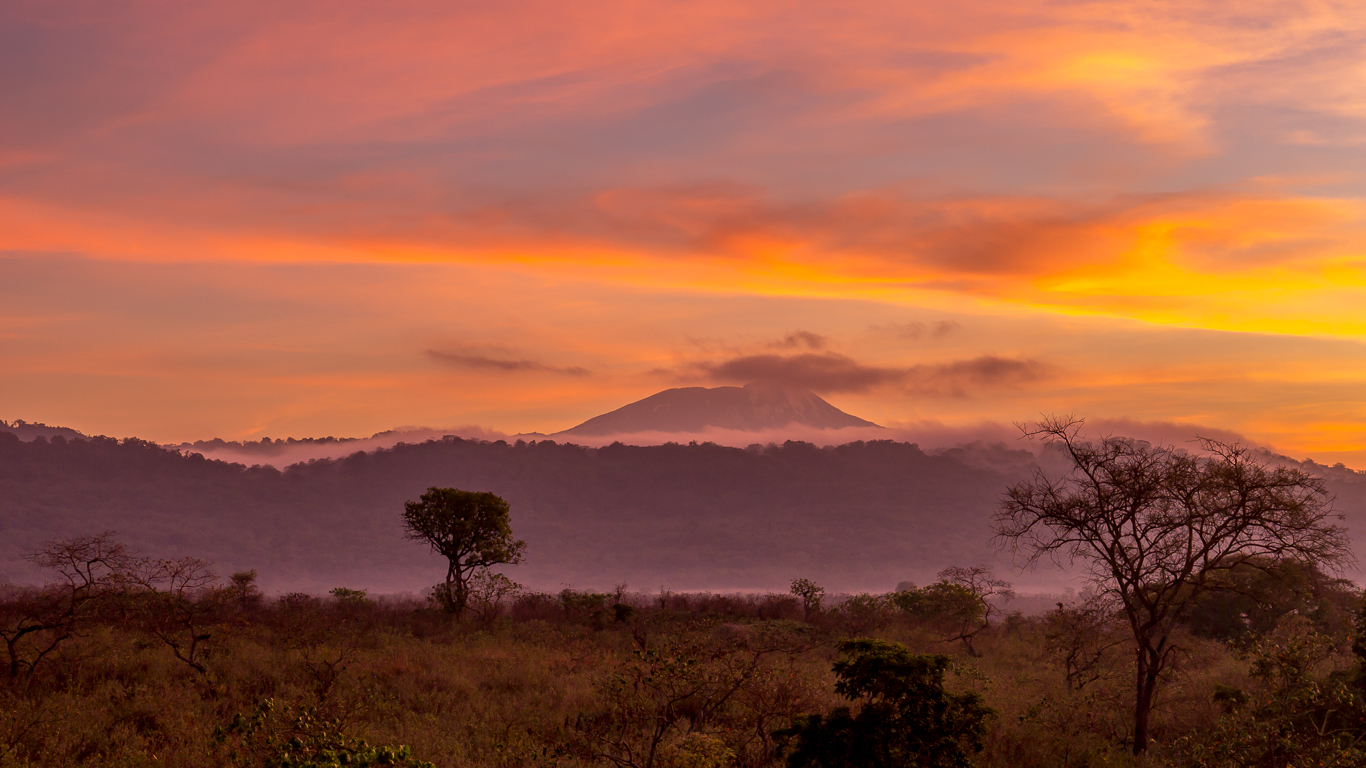
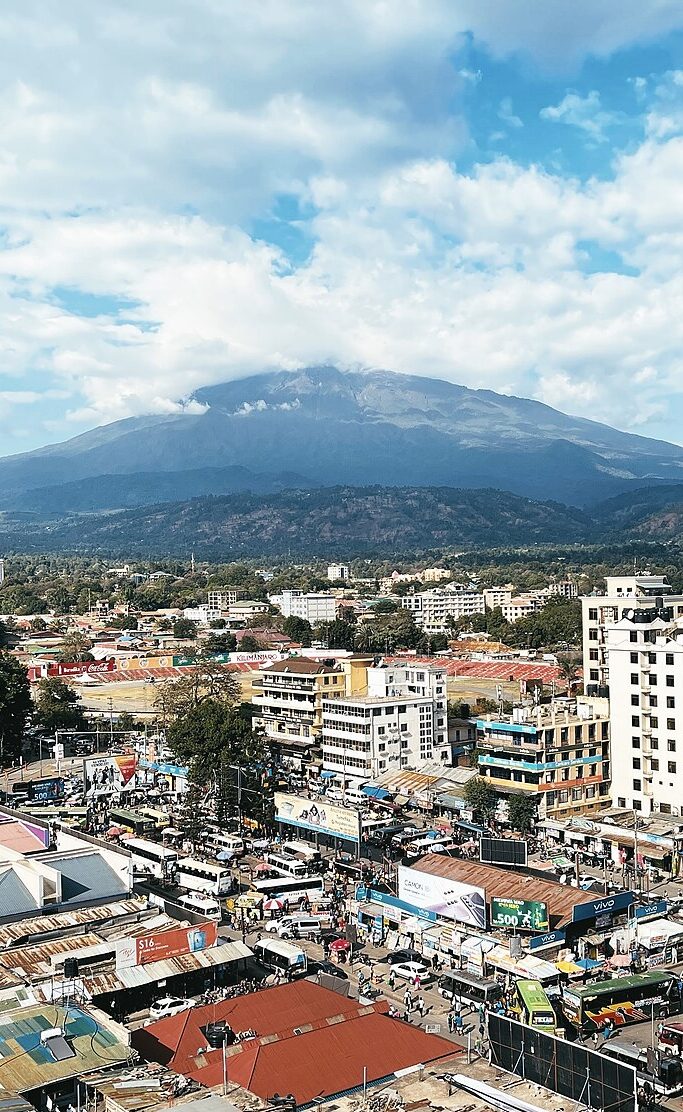
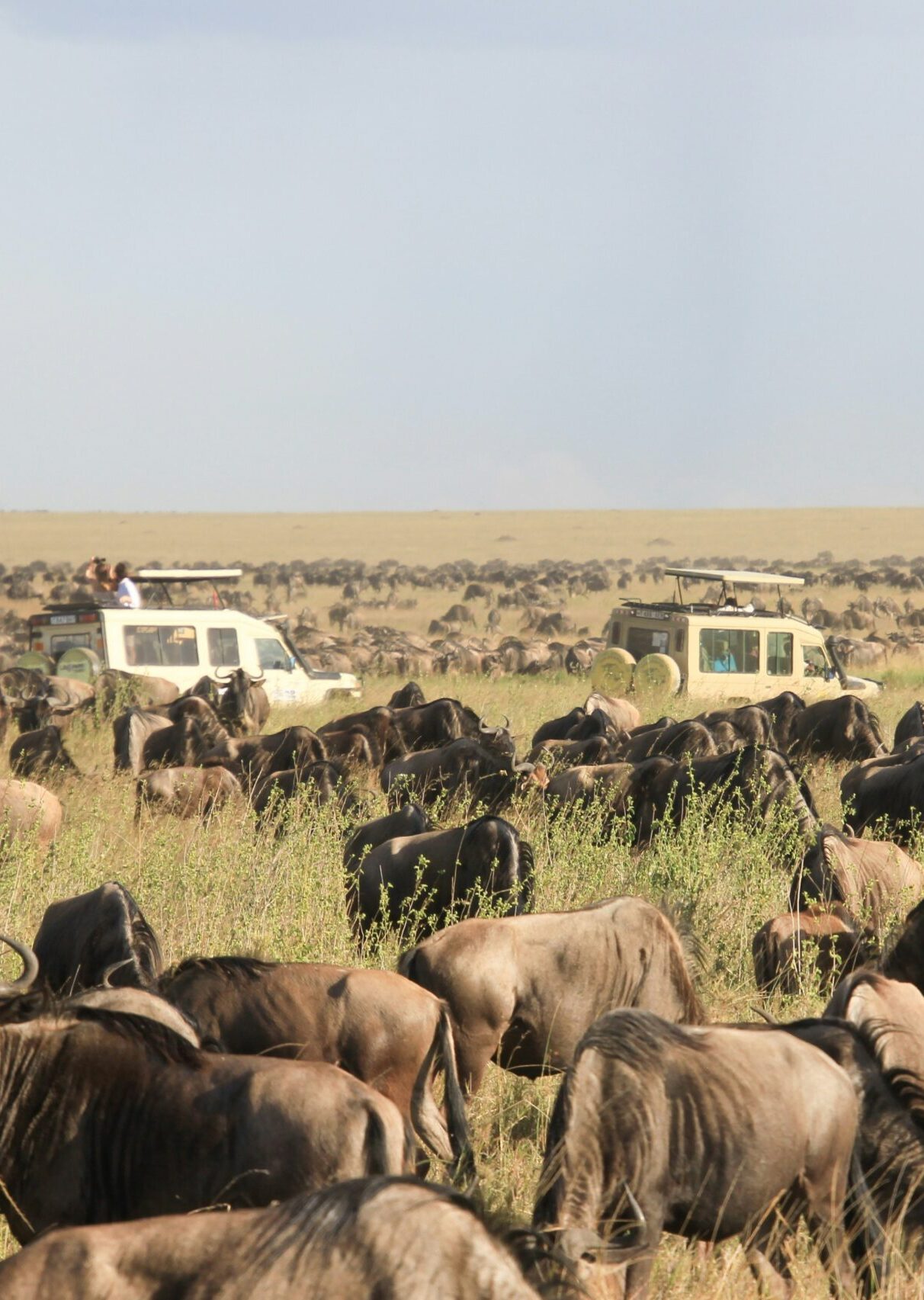
Wildebeest gather in the southern Serengeti and Ngorongoro area for calving. Around 400,000 calves are born in just a few weeks, attracting predators and offering amazing wildlife scenes. This is a time of new life and energy, as the plains come alive with young animals and protective mothers.
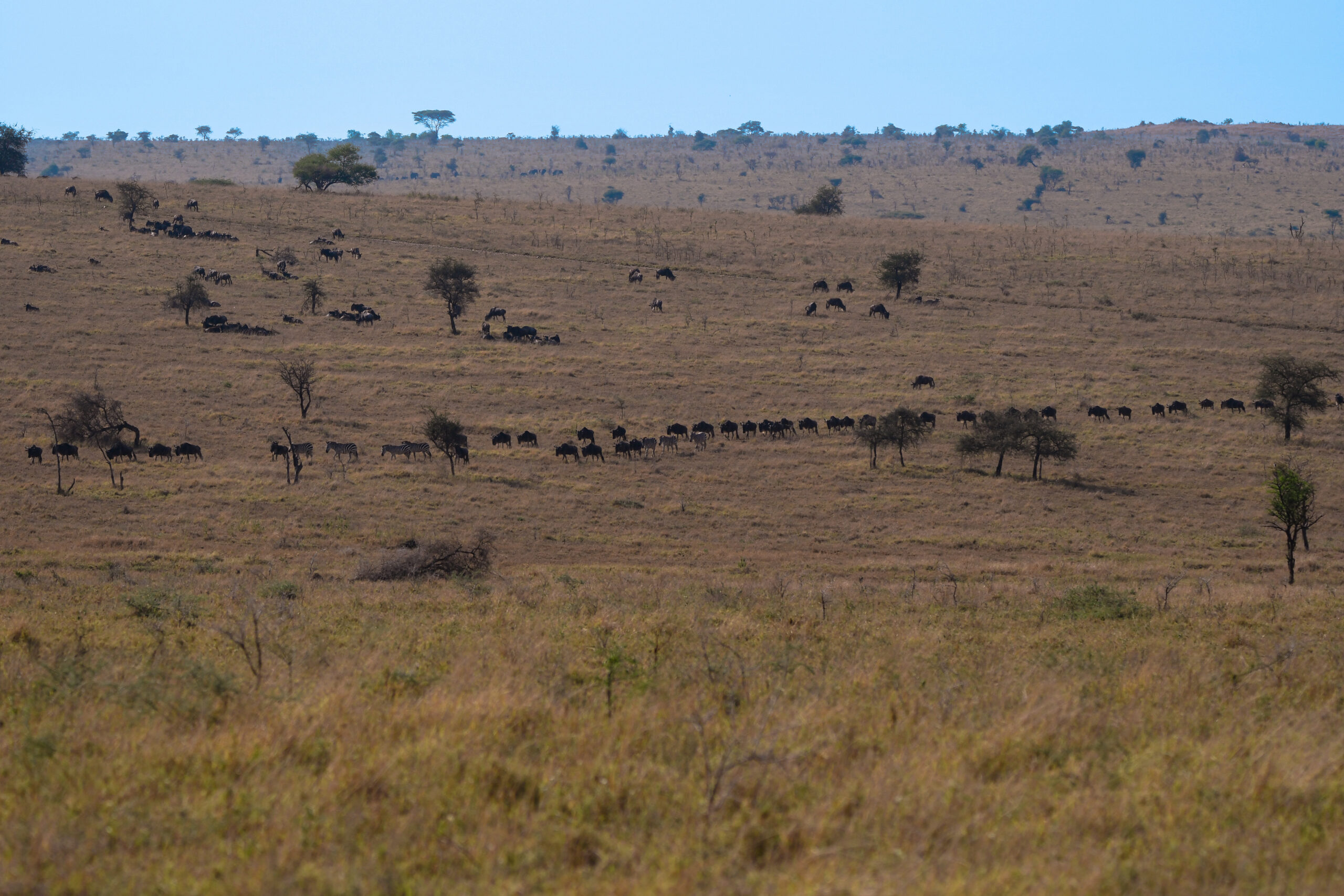
The herds begin migrating northwest toward the central Serengeti in search of greener grass. Zebra and antelope join in, and May marks the start of the rutting (mating) season. Long lines of animals stretch across the plains, and crocodiles await the early river crossings in the Grumeti region.
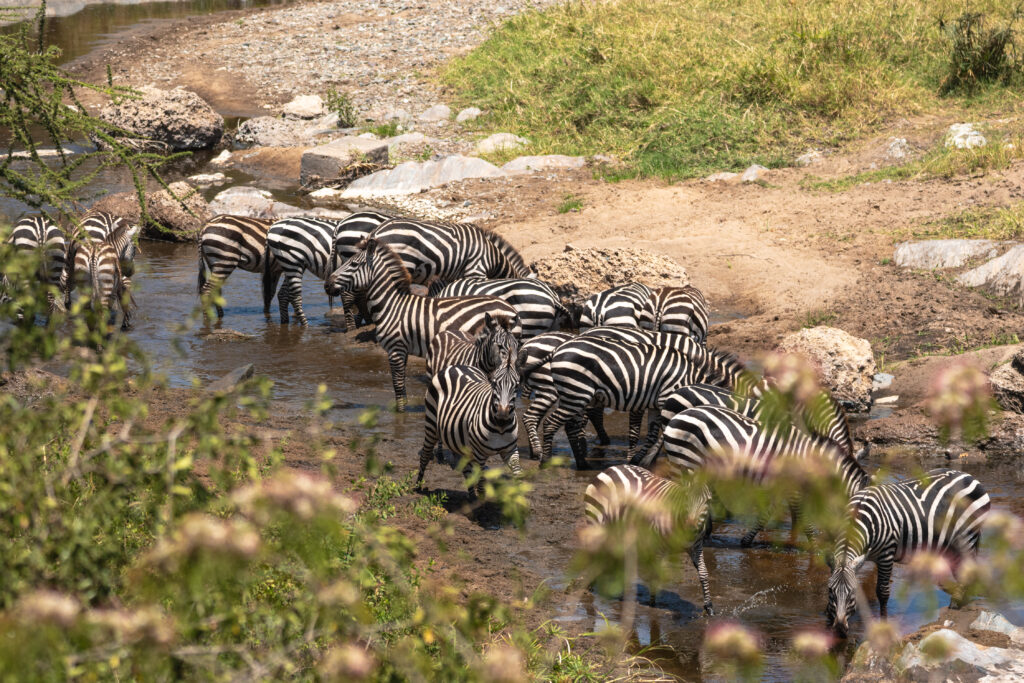
The dry season begins, and herds gather at the Grumeti River before continuing north. This is when the first major river crossings take place, with crocodile-infested waters posing a serious threat. By July, the herds reach the Mara River in the northern Serengeti, setting the stage for dramatic, world-famous crossings.
Wildebeest spread through the Masai Mara and northern Serengeti. Mara River crossings continue; intense, dangerous, and unpredictable. By late September, the chaos settles as the herds begin heading back south. Predator encounters remain frequent, and sightings are excellent in both Kenya and Tanzania during this time.
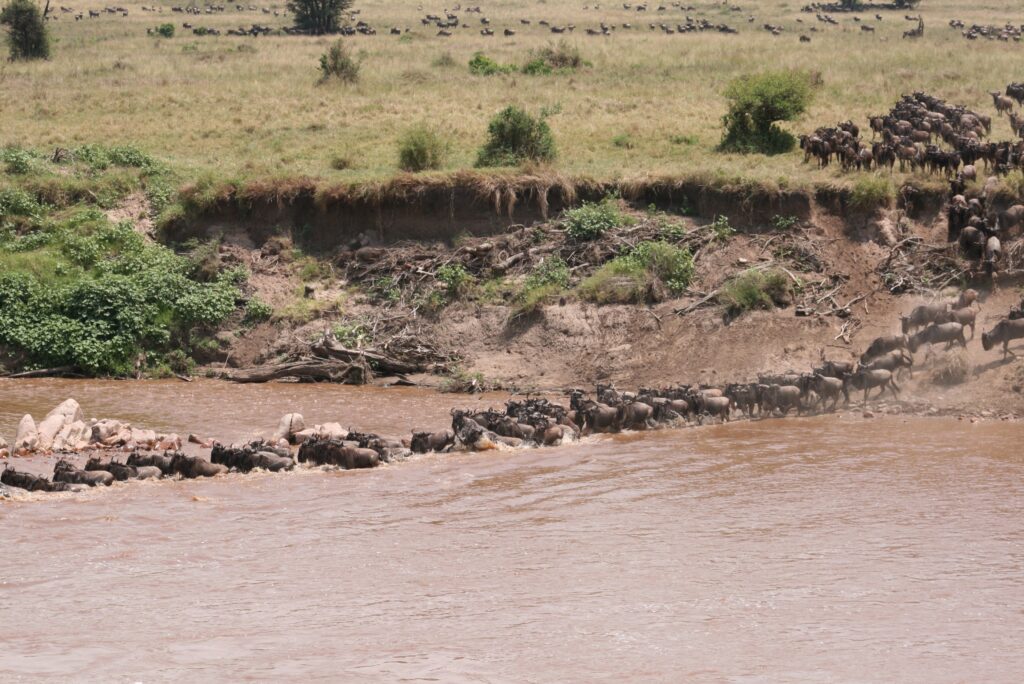
Following the short rains, the herds return to the eastern and southern Serengeti. Passing through areas like Namiri Plains, known for big cats, they find fresh grass and prepare for calving. By December, the migration completes its full circle — and the cycle begins again.
Experience one of nature’s most spectacular events, the Great Wildebeest Migration, where over 1.2 million wildebeest, joined by 300,000 zebras and gazelles, move across the Serengeti-Mara ecosystem in search of fresh grazing and water. From the calving season on the southern plains near the Ngorongoro Conservation Area to the lush pastures of Kenya’s Masai Mara, this breathtaking journey unfolds year-round, offering a powerful display of movement, survival, and renewal.
Amid dramatic river crossings and vast herds, the migration becomes a true theatre of life, with predators like lions, cheetahs, and hyenas lying in wait, and thousands of calves born daily. It’s a raw and unforgettable glimpse into the balance of nature, and one of the greatest wildlife shows on Earth.
Shifting rainfall patterns due to climate change mean the timing varies year to year. Our month-by-month guide offers insight, but sightings are never guaranteed, which is why we always recommend giving yourself plenty of time on safari. Those who stay longer are often rewarded with the most memorable moments.
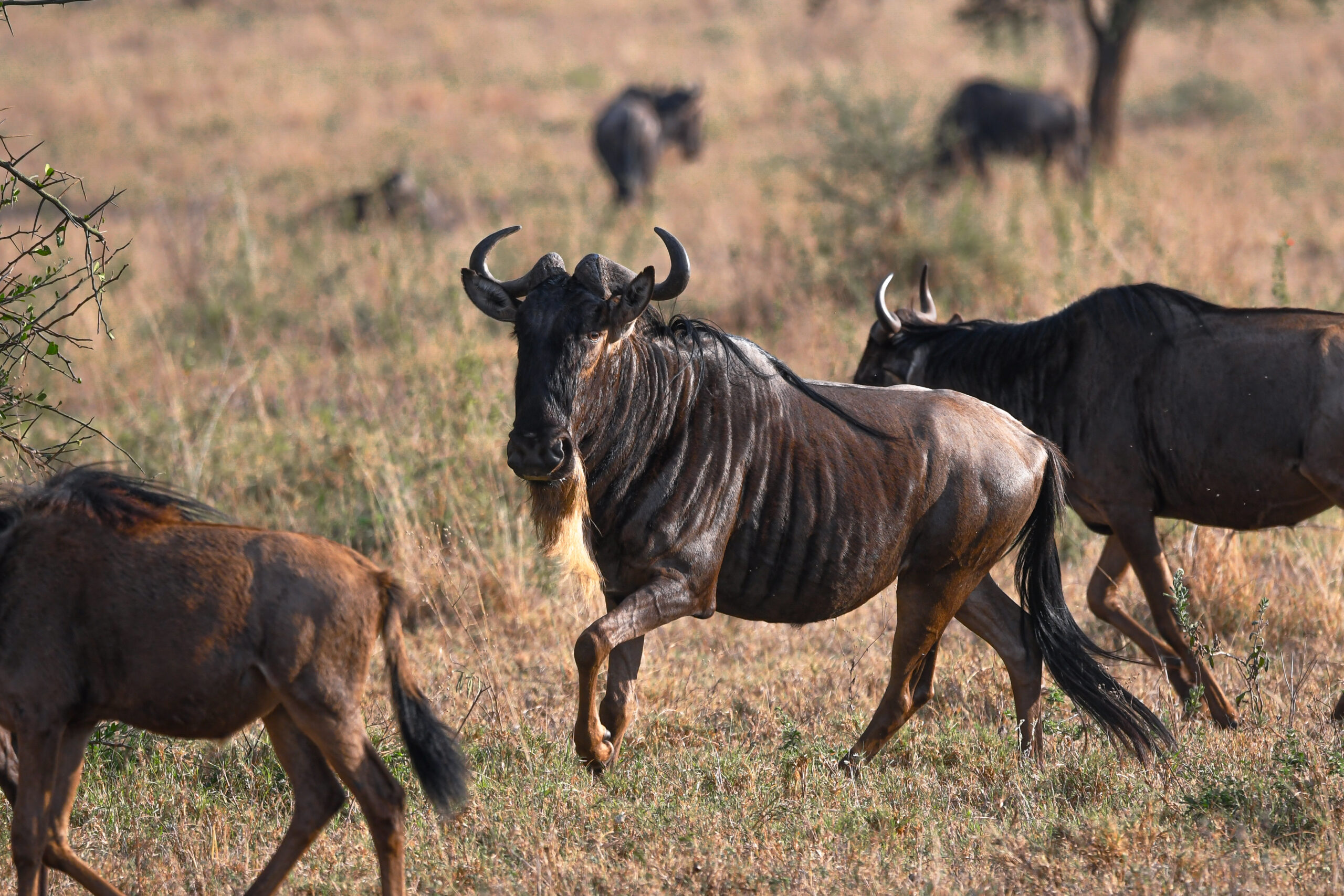
Float above the Serengeti at sunrise on a breathtaking hot air balloon safari. A once-in-a-lifetime adventure offering panoramic views of Africa’s most iconic landscape. From sweeping savannas to winding rivers, witness wildlife from above as the plains come alive in the early morning light.
Spot giraffes, elephants, and even lions as you glide silently across the sky. Expert pilots adjust altitude for both grand vistas and intimate views, all while the wilderness awakens below. The flight concludes with a bush-style champagne breakfast; a perfect end to an unforgettable experience.
Flights launch daily at 06:00 from select sites across the Serengeti, with routes adjusted seasonally to maximise sightings, including views of the Great Migration between December and March in Ndutu. While this premium experience comes at a higher cost, the magic of seeing the Serengeti from the air makes it worth every moment.

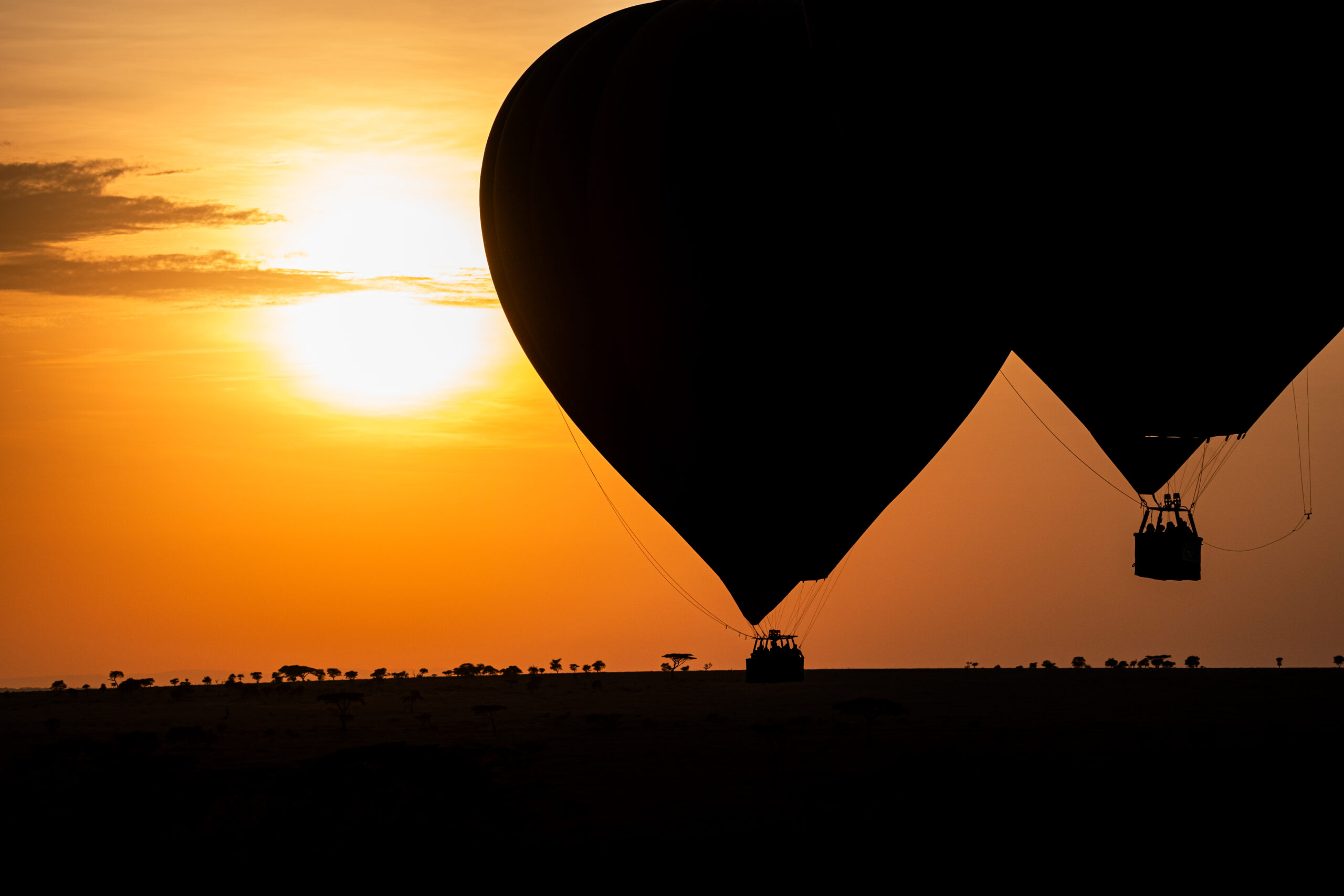
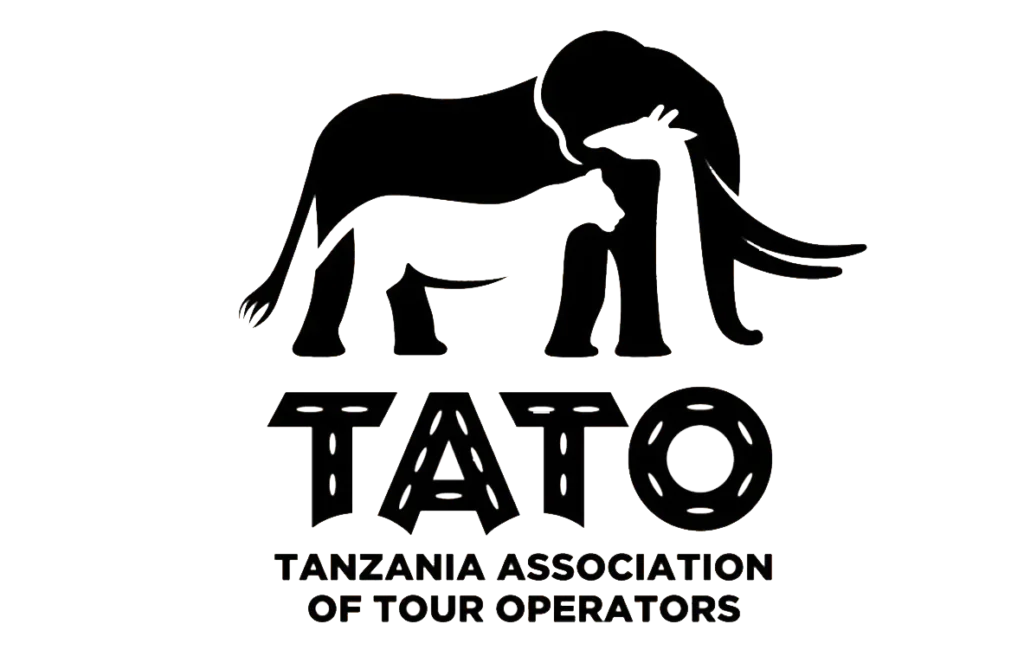

Enduata Camps Ltd
Serengeti National Park